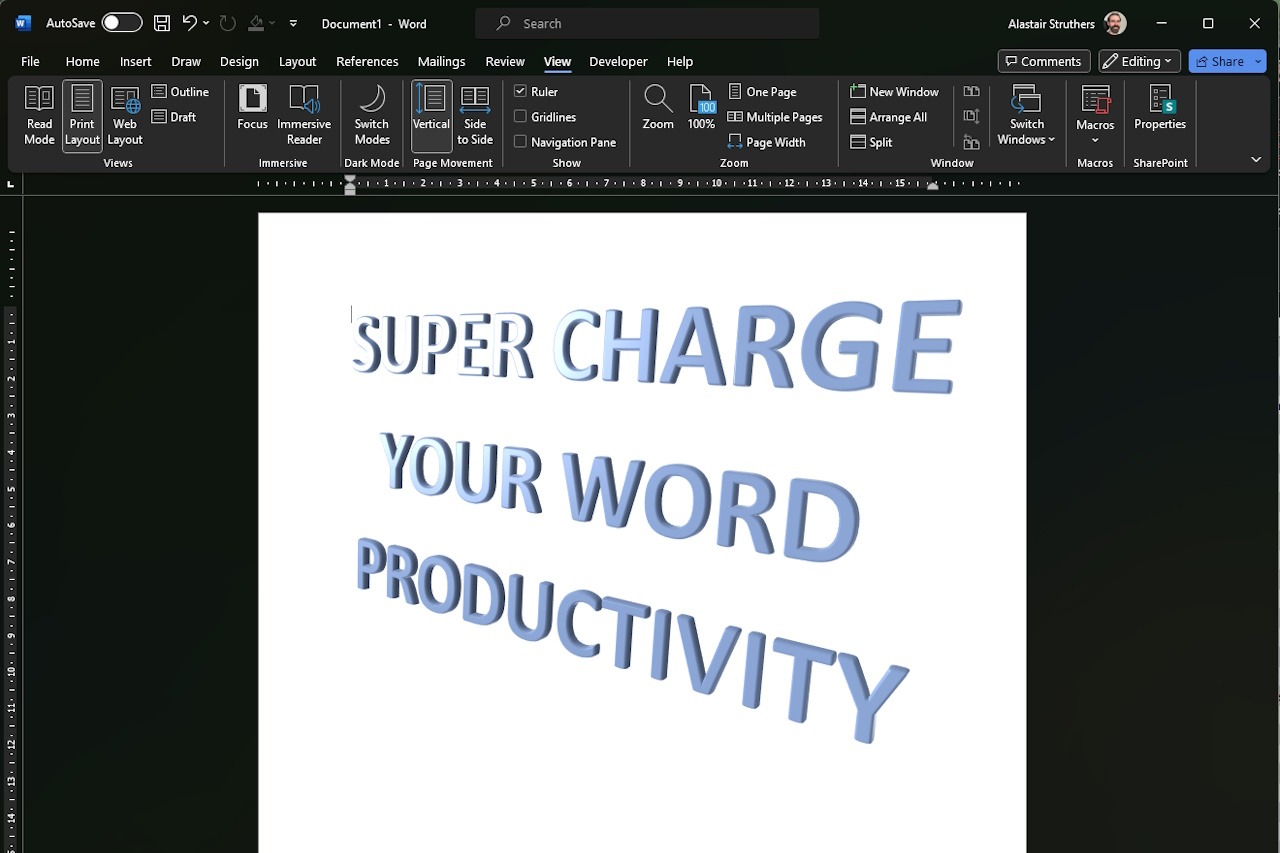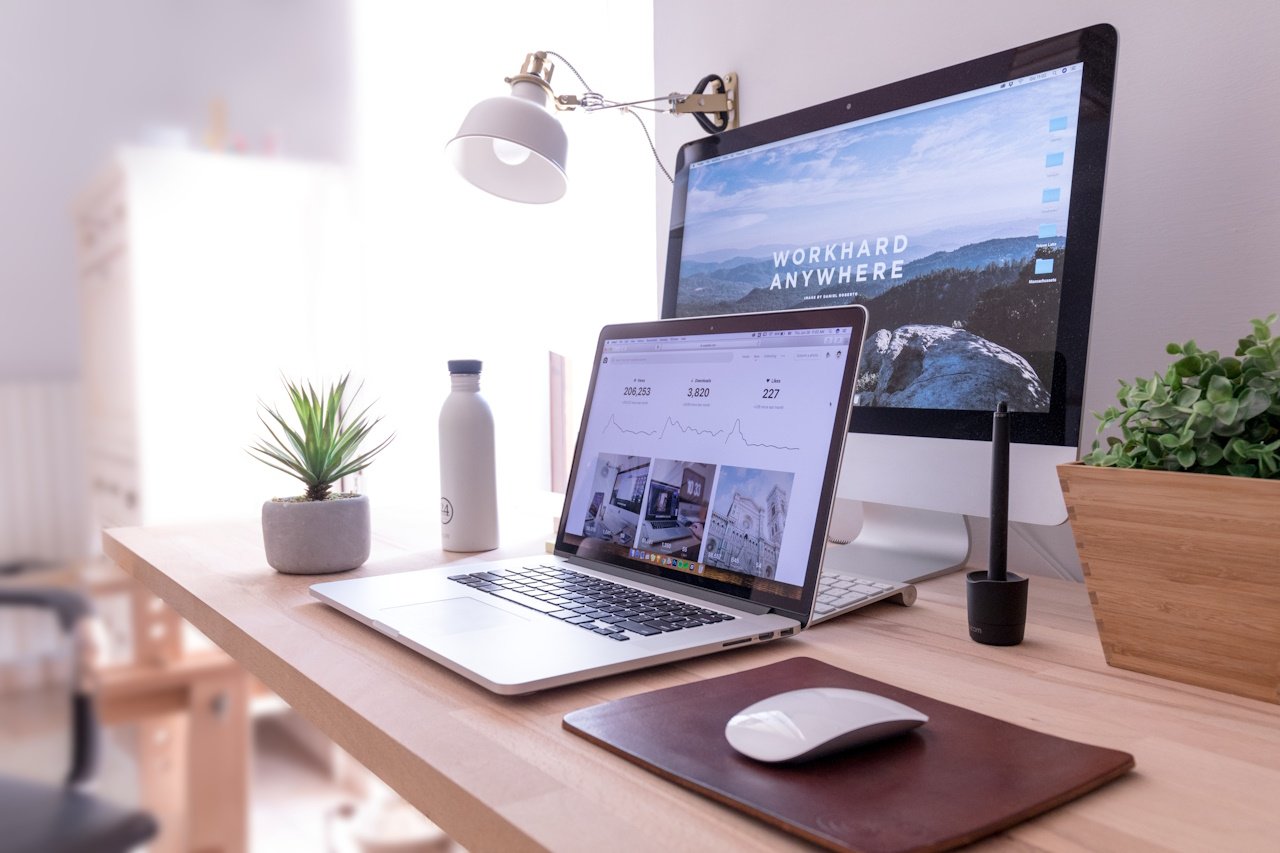1 min read
11 tips to make the most of Microsoft Word
Microsoft Word is an indispensable part of most business environments. It has numerous features that can help you boost productivity. Microsoft Word...
Our client portal provides all the tools you need to create, view or update your support requests.
For urgent IT support during business hours, or if you suspect anything suspicious call 01314528444 for the fastest response.
If one of our team has asked you to start a remote control session on your computer, use the remote control menu option above.
3 min read
Alastair Struthers
Originally posted on November 12, 2025
Last updated on November 12, 2025
Adopting a dual screen monitor setup is a great way to get more done and make your work environment a more comfortable, and efficient place. But getting the setup right and working for you is not always a simple job, and often people aren't aware of the things they can do to really get the most out of multiple screens.
A poorly configured dual monitor setup can lead to confusion, eye strain, or workflow disruption. Common mistakes include mismatched resolutions, misaligned screens in settings, and inconsistent scaling—especially if combining a laptop with an external monitor.
Learn how to dodge these problems in our guide below.
Most modern computers support multiple monitors out of the box. Here’s what you need to check:
Proper monitor positioning is vital for maximising comfort and minimising strain during extended use. Ideally, the primary monitor should be directly in front of you, with the top edge at or just below eye level. Your secondary monitor—be it a standard monitor or a laptop screen—should be positioned to the side, angled towards you for easy viewing without excessive neck twisting.
Adjust the distance so that both screens are at arm’s length. If using a laptop as a second screen, consider a laptop stand to match the monitor height, ensuring a smooth visual transition between screens. Ergonomically sound placement will reduce fatigue and support sustained productivity.
Once connected, power on your monitors and your computer. Windows should detect them automatically.
By default, monitors are in landscape mode (wider than tall). But portrait mode (taller than wide) can be a game-changer for certain tasks:
Portrait mode is great for:
To switch to portrait orientation:



Taking full advantage of multiple monitors in Windows starts with mirroring your desk setup in your display settings.
You want your mouse to move smoothly from one screen to another, and that requires proper positioning.


Resolution determines how sharp and clear your display looks. A higher resolution is preferable because it gives a crisp easily readable image for detailed work, but consistency between monitors aids comfort and readability.
Here’s what you need to know:
To adjust:


To truly get the most from a dual monitor setup, develop habits that leverage the expanded workspace. Group related applications together—such as keeping email and messaging on one screen while dedicating the other to core business tasks. Consider using productivity tools like virtual desktops or taskbar customisation to further compartmentalise work.
If your business is unsure about how to get the most out of your display setups and your IT then IT Foundations can help. Our team of Edinburgh based experts support organisations across Scotland and northern England. Get in touch with us today to find out how we can help.

1 min read
Microsoft Word is an indispensable part of most business environments. It has numerous features that can help you boost productivity. Microsoft Word...

Multiple monitors and ultrawide monitors look impressive. They also dramatically improve efficiency!

The pandemic has been a reality that companies around the world have shared. It required major changes in how they operate. No longer, did the status...